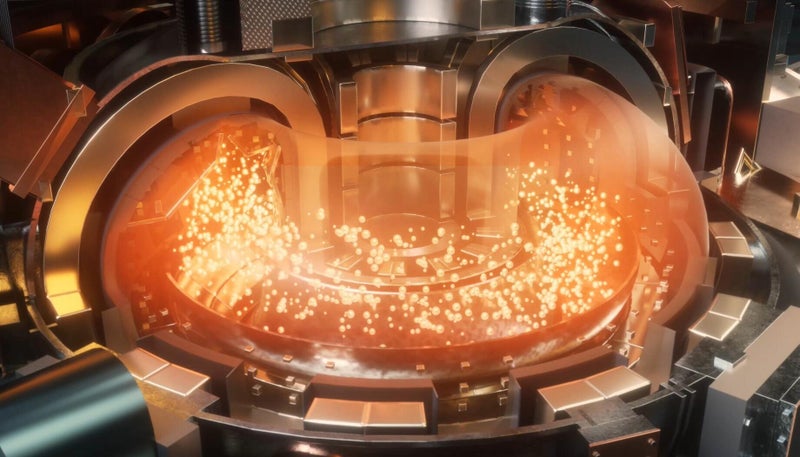Up to 150 shooting stars an HOUR to light up the skies as the best meteor shower of the year arrives
Share:
STARGAZERS can catch up to 150 shooting stars per hour this week, as the Geminid meteor shower streaks across skies. The Geminids are considered to be the brightest, and most active meteor display of the year. The annual event lasts from 4 until 20 December.
![[The Geminids can be seen during both night and predawn hours thanks to their nearly 24-hour peak period]](https://www.thesun.co.uk/wp-content/uploads/2016/04/2185675.main_image.jpg?strip=all&w=960)
But the peak is between Friday and Sunday (13 and 15 December) - this is when you will see the highest number of meteors per hour. While they are most prominent in the northern hemisphere, the Geminids can be viewed worldwide. The Geminids often appear multi-coloured - casting white, yellow, green, red and blue streaks across the sky.
![[These space rocks appear to originate from their namesake constellation Gemini]](https://www.thesun.co.uk/wp-content/uploads/2018/05/nintchdbpict000407721184.jpg?strip=all&w=960)
The rainbow lightshow is caused by the presence of various metals in the meteoroids, according to Dr Shyam Balaji, an astroparticle physics and cosmology researcher at King’s College London. “These elements burn up in the Earth's atmosphere, creating bright and colourful streaks," he added.
Meteors can turn all sorts of colours when they burn up, depending on what they're made up of. The chemical composition of a meteor can be the difference of it shining a blue-green, an orange-yellow, and even violet. If a meteor burns a bright green or blue, it is because it has magnesium inside it.
If it burns an orange-yellow, it's composition features sodium. If it's just yellow, it's made up of iron. If it shines violet, it has a lot of calcium inside it. If it's red, this is most likely the result of glowing air plasma, or atmospheric nitrogen and oxygen.






















